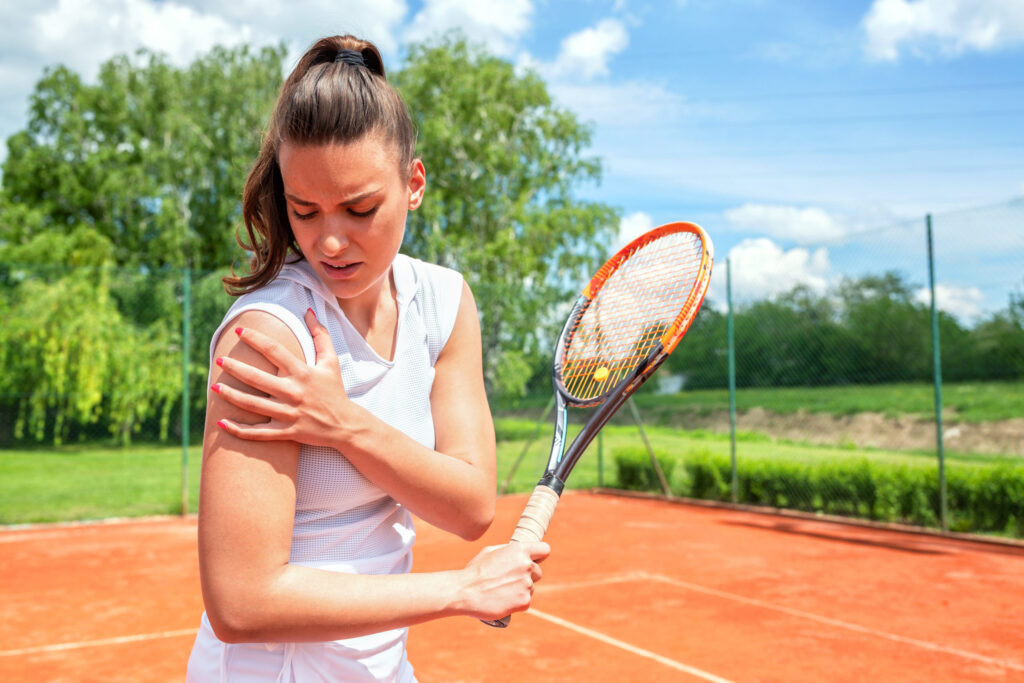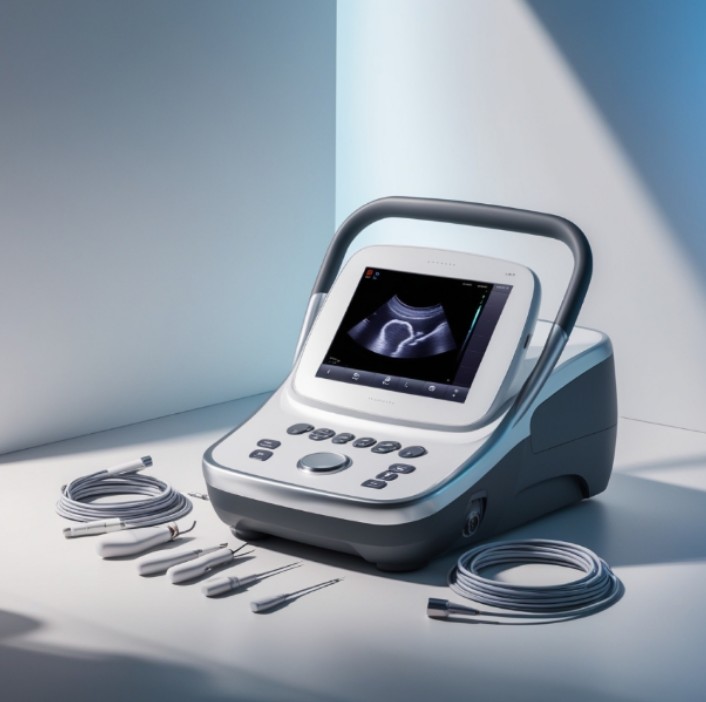Overhead sports, such as baseball, tennis, volleyball, and swimming, are thrilling and physically demanding. They require strength, speed, and flexibility, especially in the shoulder. However, that same demand puts athletes at an increased risk of shoulder injuries, particularly labral tears.
The labrum is a ring of cartilage that lines the socket of your shoulder joint, known as the glenoid. It helps keep the ball of the upper arm bone stable within the socket, allowing for a wide range of motion. When athletes perform repetitive overhead motions, the labrum can become strained or torn over time.
How Overhead Movements Affect the Shoulder
Your shoulder is the most mobile joint in the body, and that mobility comes with a trade-off—it’s less stable. Overhead movements, especially when performed at high speeds or with added weight, place repeated stress on the soft tissues that stabilize the joint. This includes the rotator cuff and the labrum.
For example, in baseball pitching, the shoulder rapidly rotates and decelerates during each throw. This action places tremendous force on the labrum. Over time, micro-tears can develop, or the labrum can tear completely.
Common Labrum Injuries in Overhead Athletes
There are several types of labral tears, but two are especially common in athletes:
- SLAP tear (Superior Labrum Anterior to Posterior): Typically caused by the repetitive motion of throwing or lifting overhead. It affects the top portion of the labrum where the biceps tendon attaches.
- Bankart tear: Often results from shoulder dislocations, which can happen during contact sports or falls.
These tears can lead to pain, weakness, instability, and reduced performance, especially when raising the arm or rotating the shoulder.
Symptoms to Watch For
Athletes who experience labral tears often report:
- Deep shoulder pain during or after activity
- Clicking, locking, or grinding sensations
- Shoulder instability or a feeling that the joint might “slip out”
- Decreased throwing velocity or power
- Difficulty sleeping on the affected side
If you’re experiencing these symptoms, early diagnosis and care are key to preventing long-term damage.
Preventing Labrum Injuries
While not all labrum tears are avoidable, there are steps athletes can take to reduce their risk:
- Strengthen the shoulder stabilizer muscles, especially the rotator cuff
- Focus on proper technique in sports-specific movements
- Incorporate mobility work and stretching into your training routine
- Avoid overtraining and allow time for rest and recovery
Warming up properly before activity and listening to your body when pain begins are just as important as the training itself.
Getting the Right Treatment
Treatment depends on the severity of the tear and how it affects your daily life or athletic performance. In many cases, physical therapy and rest can help manage the injury. More severe or persistent cases may require surgical intervention.
Athletes looking for advanced care can find high-quality options for glenoid labrum tear treatment in Chicago, where specialists are experienced in diagnosing and treating sports-related shoulder injuries. Working with a knowledgeable provider ensures you get a personalized recovery plan tailored to your needs and goals.
Moving Forward with Confidence
Labral tears don’t have to sideline your performance forever. With the right prevention strategies, early diagnosis, and expert care, you can get back to the sports you love stronger and smarter than before. If you participate in overhead sports, staying informed and proactive is your best defense.





